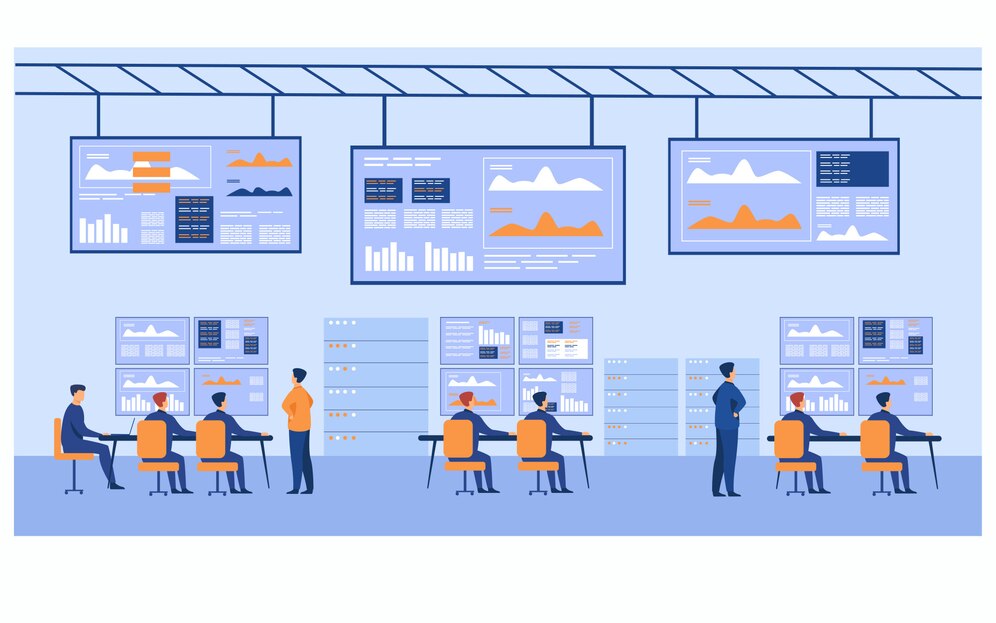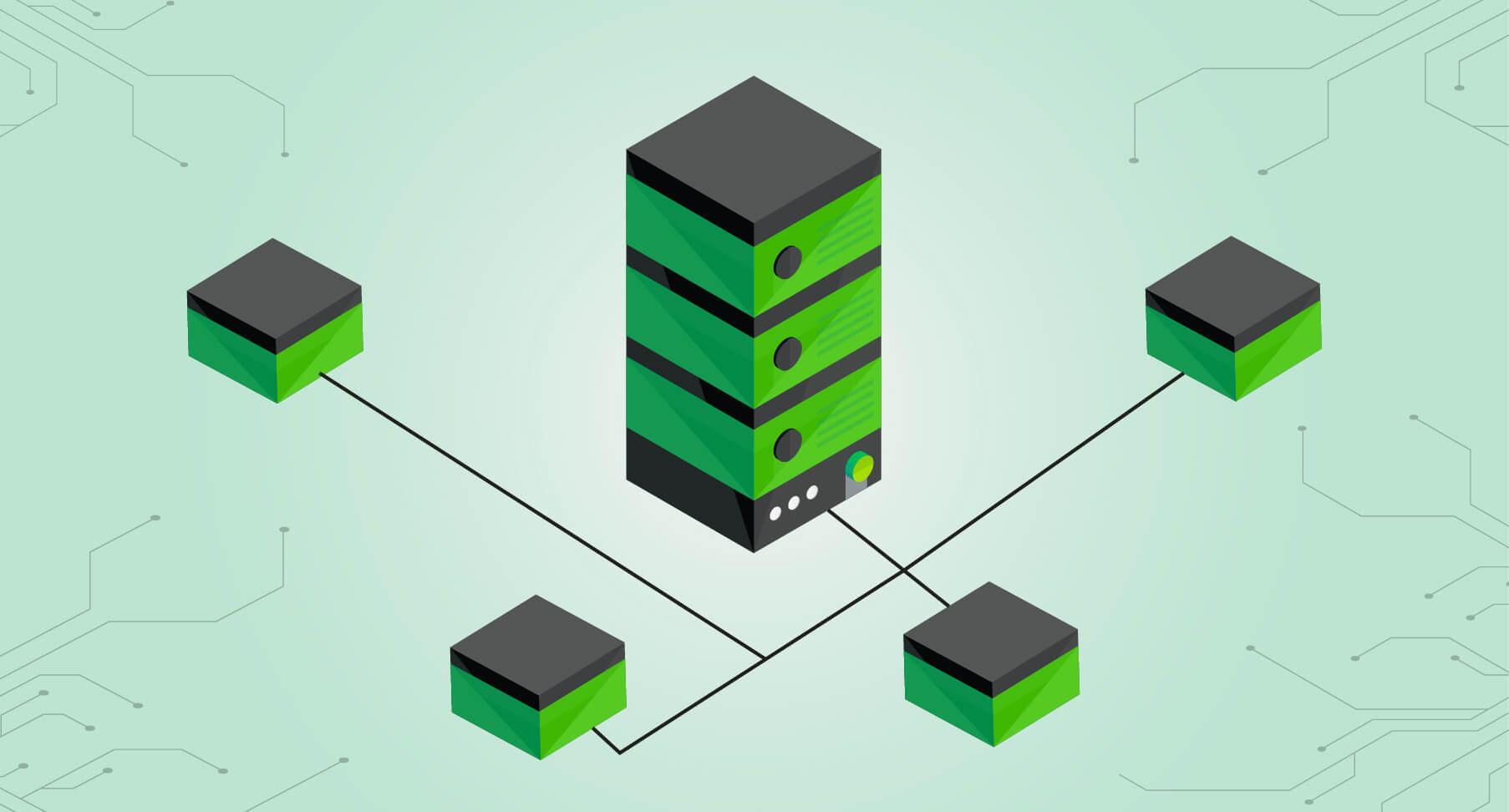Big data for many ordinary people is something incomprehensible and inexplicable, while for many areas, it is a source of information that significantly affects their activities. For example, In business, and more specifically in sales, advertising, and marketing, Big data is used to store and process the data from a data warehouse or a database. But, big data in education remained unclaimed for a very long time.
Earlier, big data in education was used for one single process to analyze the overall performance of students and pupils. But the pandemic has shown that this was fundamentally the wrong approach.
The current state of Big data in education
Online schools, courses, and Edtech marketplaces have built their promotion strategy and training programs considering the increasing popularity of the role of big data in education. Hundreds of thousands of applications were downloaded and installed because everyone could find a program suitable for their level of knowledge, lifestyle, and speed of assimilation of the material.
All information about user's behavior and preferences flows into the same big data and can be used to improve educational programs. But not only can education be improved, but universities can also improve their students' performance by analyzing their behavior, habits, and preferences.
It is possible to create courses that will help high school students quickly and accurately determine their profession using big data analysis. And the educational institutions themselves should give knowledge and instill skills that will be in demand in professional activities, taking into account the rapidly changing labor market and the requirements of employers.
Online schools and distance learning programs, based on the analysis of different user behavior criteria, could clearly show all the shortcomings of academic education with its traditional programs in just 2 years.
How big data is transforming education
The development of educational analytics opens up excellent prospects in this area. The practical application of large databases makes it possible to transform and adapt almost all processes in schools and higher educational institutions to modern realities.
Adapting educational programs to the needs of the labor market
A specialist ready for work should come out of a higher educational institution. Of course, few people manage to get a lot of experience during their studies, but knowledge must be modern, universal, and in-depth in a narrow specialization.
Big data analysis makes it possible to understand what kind of specialists are needed in the market today. What to study for a programmer, philologist, or engineer to become in demand among employers. To date, information obtained through big data analysis suggests that it is important to match some specialties. Some topics should be studied in depth, while others, which are currently receiving a lot of attention, should be taken superficially.
Which competencies need to be crossed, and which topics should university professors give more attention to? To do this, higher education institutions should create their own department for big data analytics in education.
They collect information based on which skillsets can be compiled - a set of skills and knowledge necessary for a particular profession. If education is developed in this direction, very soon, there will be a positive trend in the growth of professionalism among specialists in various fields.
But for a specialist to be involved in training and professional development, his inclinations must be determined at the admission stage.
Analysis of the motivation of applicants and their involvement in the specialty
Already at school, some students prefer the exact sciences, others the humanities. Students download applications to perform and check homework to test their knowledge. Based on their results and big data analysis, it is possible to predict how a particular applicant will study further. In what subjects will his success be significant, and in which will he not reach great heights?
Obtaining such data will make it possible to pay more attention to motivating applicants for admission and further education. With the help of motivation analysis, you can achieve significant success in the following areas:
- Personalization of learning - drawing up programs that will give maximum knowledge and skills to students based on an analysis of their abilities in mastering subjects and habits.
- Transform assessment - assessment is the student's motivation, which does not always encourage the study of the subject. Thoughtful assessment makes it possible to fully reveal the potential of the student.
- Lifelong Learning – A person with a positive learning experience from childhood will be a lifelong learner. The acquisition of such experience can be the goal of using big data in education.
This approach will help to close the need in the modern labor market for good specialists. Nearpod can help with this.
Attendance and academic performance management
Student performance is directly related to class attendance. Few higher educational institutions in the world have practiced a mixed type of training in courses. Most of the knowledge students received in the classroom.
The pandemic has shown that many modern young people can better master the material on their own with the help of online lectures. The analysis of this data allows you to transform the approach to the presentation of the material completely.
A blended type of learning, when some of the learning materials are submitted online, and some in person, allows students to feel freer, but at the same time, allows them to learn how to organize themselves and their time.
To put this idea into practice, you need to conduct a thorough analysis of big data information. It is necessary to understand how many students are actively involved in sports, how many work during the training period, etc.
The data obtained make it possible to adjust the training program in such a way that young people can independently organize their time and the process of mastering the materials while not losing involvement in the specialty due to burnout, fatigue, and stress.
To understand how effective a student’s work is in blended learning, how much he learns the material, and what opportunities for personalized learning can be used, you need to build an assessment system correctly. The Socrative platform will help with this.
Big data for assessing the level of education in an educational institution
Any educational institution, be it a school or a university, gets into the ratings. This information is constantly monitored by potential clients: applicants, and parents. The rating of the school and its success depend on the success of all students in general, and each one individually.
The analysis of big data enables the educational institution as a whole and each teacher to create training programs that will increase the involvement and hence the performance of students. Electronic textbooks and specialized books, interactive lessons, various forms of knowledge assessment - large databases put into the hands of teachers almost limitless possibilities for presenting material in a format that will be most suitable for students in terms of their level of knowledge and learning skills.
But it is impossible to build an effective program without obtaining real-time information about student progress. Depending on the student's success, the university must also adjust the schedule and general positions in its programs at the faculties. Classroom Monitor is a handy tool for monitoring student progress.
6 Benefits of Big Data in Education
Big data in education has numerous benefits; it is changing how schools educate their students, how the data is collected, how academic records are collected and stored, etc.

However, we have highlighted the most significant benefits below:
1. An easy solution to complex problems
Questions often arise in education that can only be answered by analyzing large amounts of data. Statistics shed light on problem areas in every area, from student achievement to school rankings. Big data analysis will show exactly why academic performance is falling (absence from classes, dissatisfaction with the level of teaching, etc.) and what steps to take to increase the popularity of the educational institution.
2. Improvement in academic performance
Thanks to the use of modern tools, students can improve their grades in a short time. For example, if you use services such as StuDocu, you can find notes from fellow students or students who have already completed the course. This significantly improves the quality of preparation for classes, and as a result, it has a positive effect on student performance.
3. Facilitating the achievement of common goals
Previously, it could take weeks or months to compile an analytical report on an issue of interest, which was spent in archives and offices. Also, the data was scattered, and what the leaders knew was unknown to the teachers, which often led to disagreements. Today, when the data is collected in one database, and there is modern software for solving analytical problems, it is much easier to build a joint work of all parts of education.
4. Saving money
Big data makes it possible to automate some processes, such as regular reporting. Teachers and IT staff can use the saved work time and money to solve more useful and important issues.
Also, big data makes it possible to optimally distribute the load and fill classes, predict applicants' progress, and weed out those who are most likely not to graduate.
5. Time-saving
With the right software and setup, Internet access is all that any teacher or other staff member will need to get the necessary data. You don't even need to install programs or download apps. You can use a standard browser.
6. Improvement of the training program
Today, the needs of businesses and other industries are changing so rapidly that many training programs cannot keep up with producing qualified professionals. To prevent this from happening in your educational institution, you need to quickly and accurately adapt the program, which is where the analysis of relevant big data helps.
Upcoming trends to watch out for in Big Data-driven education
Educators are increasingly faced with large amounts of data in their work as digital technologies are tightly integrated into society and the education process. So teachers need to be prepared to have some hands-on experience with data segmentation.
It used to be enough just to be an expert in your subject and have professionalism in the immediate area of specialization. But today, this idea is complemented by the specifics of building the educational process. Interactive forms and the use of multimedia technologies require the teacher to understand how to use all these effectively.
Why should a teacher keep track of new educational trends
New trends are the key to how the education sector will develop in the near future. Understanding them makes it possible to adapt your format and teaching style to students' interests. This allows you to understand the audience's request and build work based on it.
If we talk about current trends in the field of education today, they are as follows:
- Data analytics on student interactions with digital content.
- Integration of relevant big data analytics tools and practices.
- Personalized and individually adapted learning format.
- Interaction with suppliers of such products that are aimed at monitoring the needs of students and adapting the educational process to them.
Within these trends, many other microtrends can be traced, which together influence the digital transformation of the education process. Today, students request that the education sector, in general, reflects on the real world and prepares for it, and not create artificial conditions.
What does this mean in practice? First, there is a need for modeling real situations and effective interaction between people that cover different spheres of life in educational conditions. It is important to be able to transfer into the educational process models of situations that the student will encounter in the future. Thus, he will be prepared for them.
When an educator understands the importance of tracking trends, he does not fence himself off from the context in which he needs to work. This is extremely important in order for its teaching strategies to be successfully perceived by students and not to raise doubts about the appropriateness of use.
Today, the success of many long-term processes and projects depends on the ability to work with large amounts of data, use analytics and be flexible in adapting their methods and forms of work to dynamic realities. Understanding this allows the teacher to be modern and update their activities.
Conclusion
A person who studies all his life is the reality of our time, and the educational system should provide such an opportunity. Today, hundreds of software options are already available to education professionals, examples of which we have given above.
Their use is a huge step towards transforming the education system and adapting to modern realities. Ignoring the opportunities provided by big data in education is stupid and unprofessional.















Leave a Reply